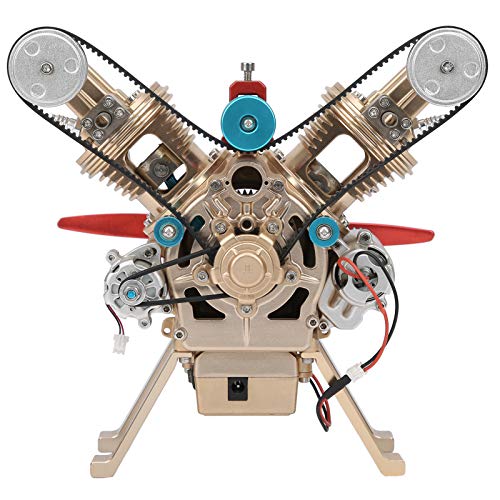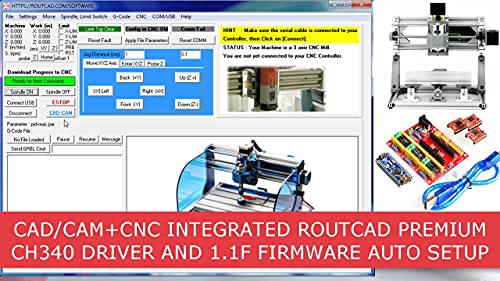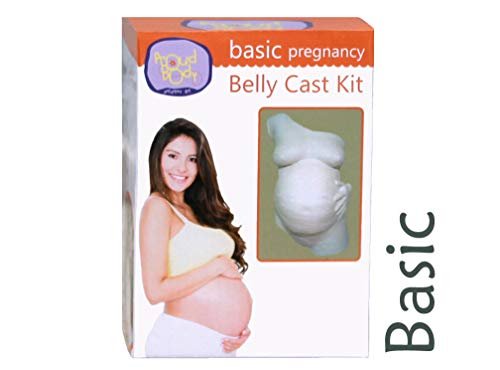Hi all,
I need to cut a gear which rotates eccentrically inside a ring gear. The gears are shown in the pictures.
The gears are module 0.3 with the ring gear having 119 teeth and the inside gear 107 teeth.
My question is - Should I use an involute gear cutter to cut a new inside gear?
Regards,
Alan C.


I need to cut a gear which rotates eccentrically inside a ring gear. The gears are shown in the pictures.
The gears are module 0.3 with the ring gear having 119 teeth and the inside gear 107 teeth.
My question is - Should I use an involute gear cutter to cut a new inside gear?
Regards,
Alan C.

































































